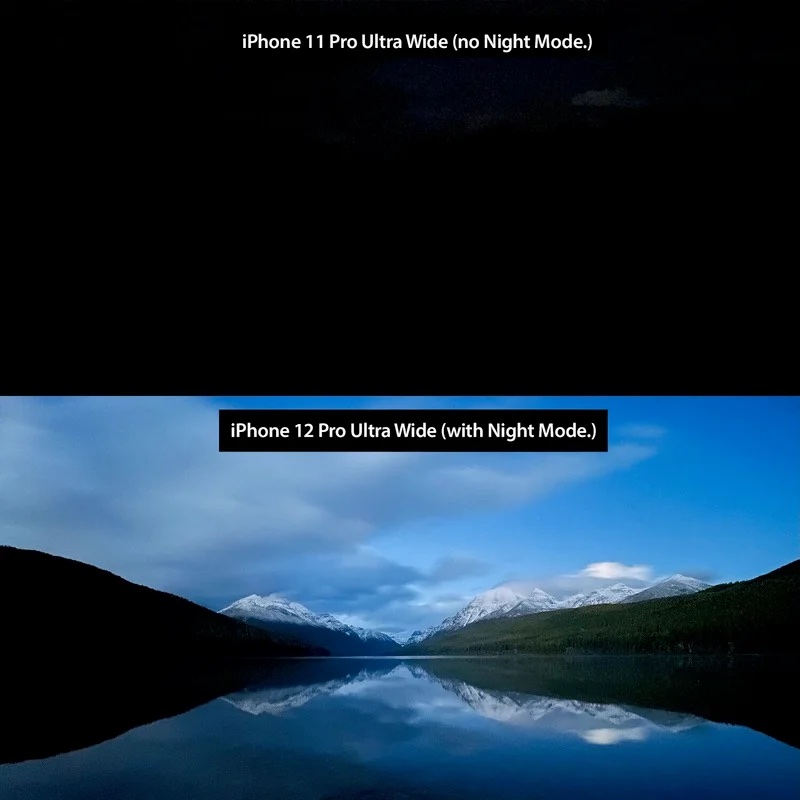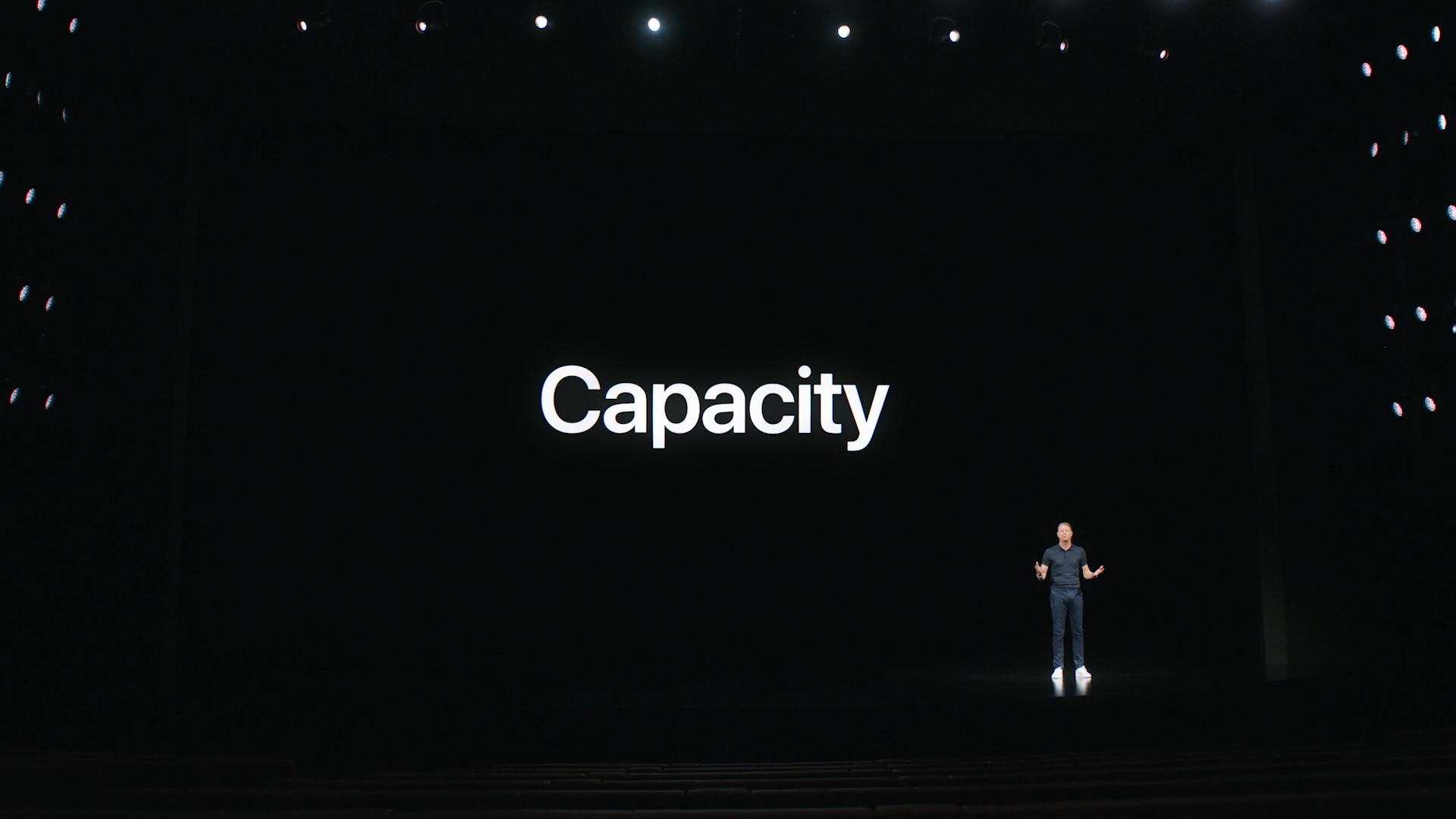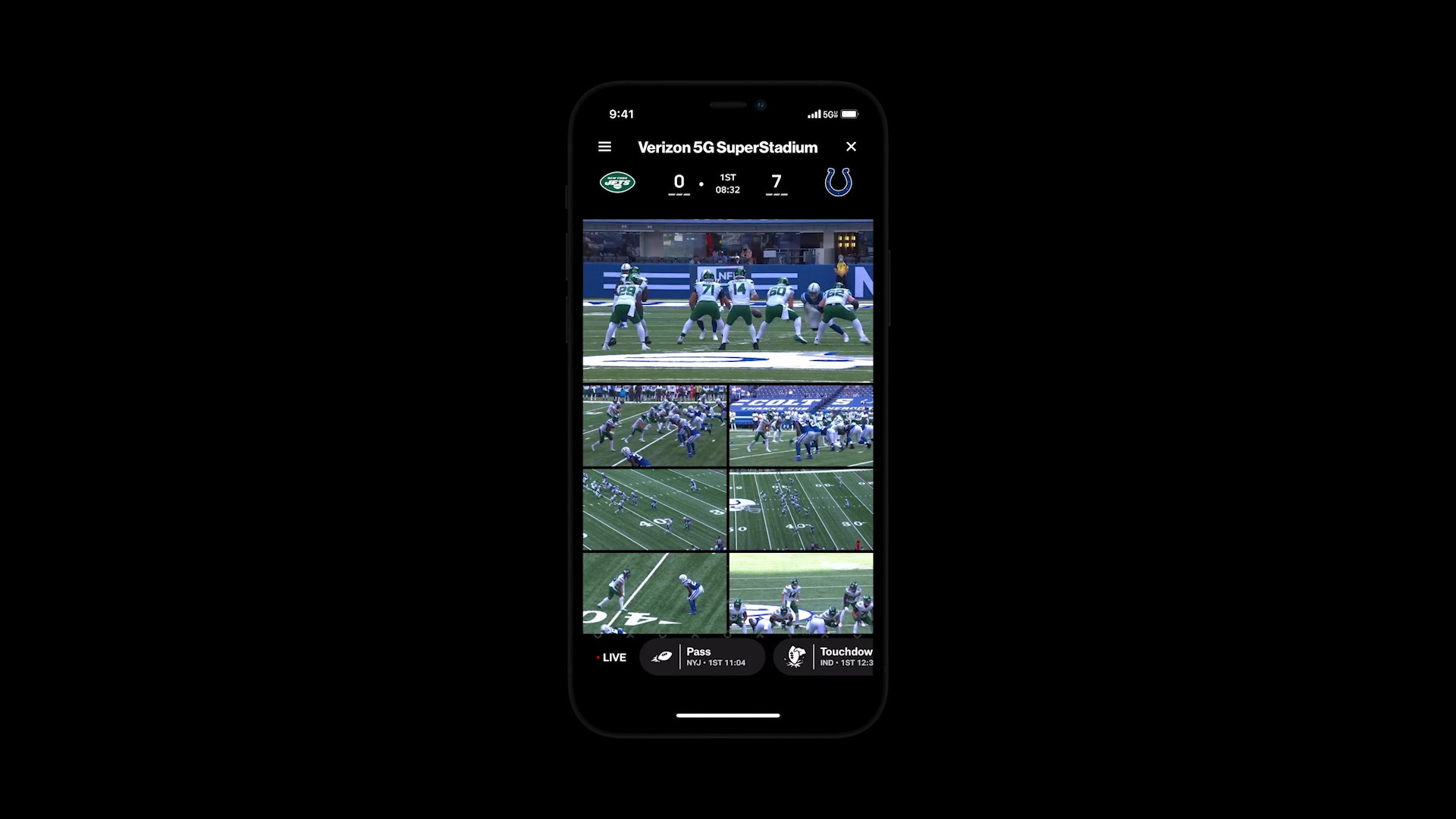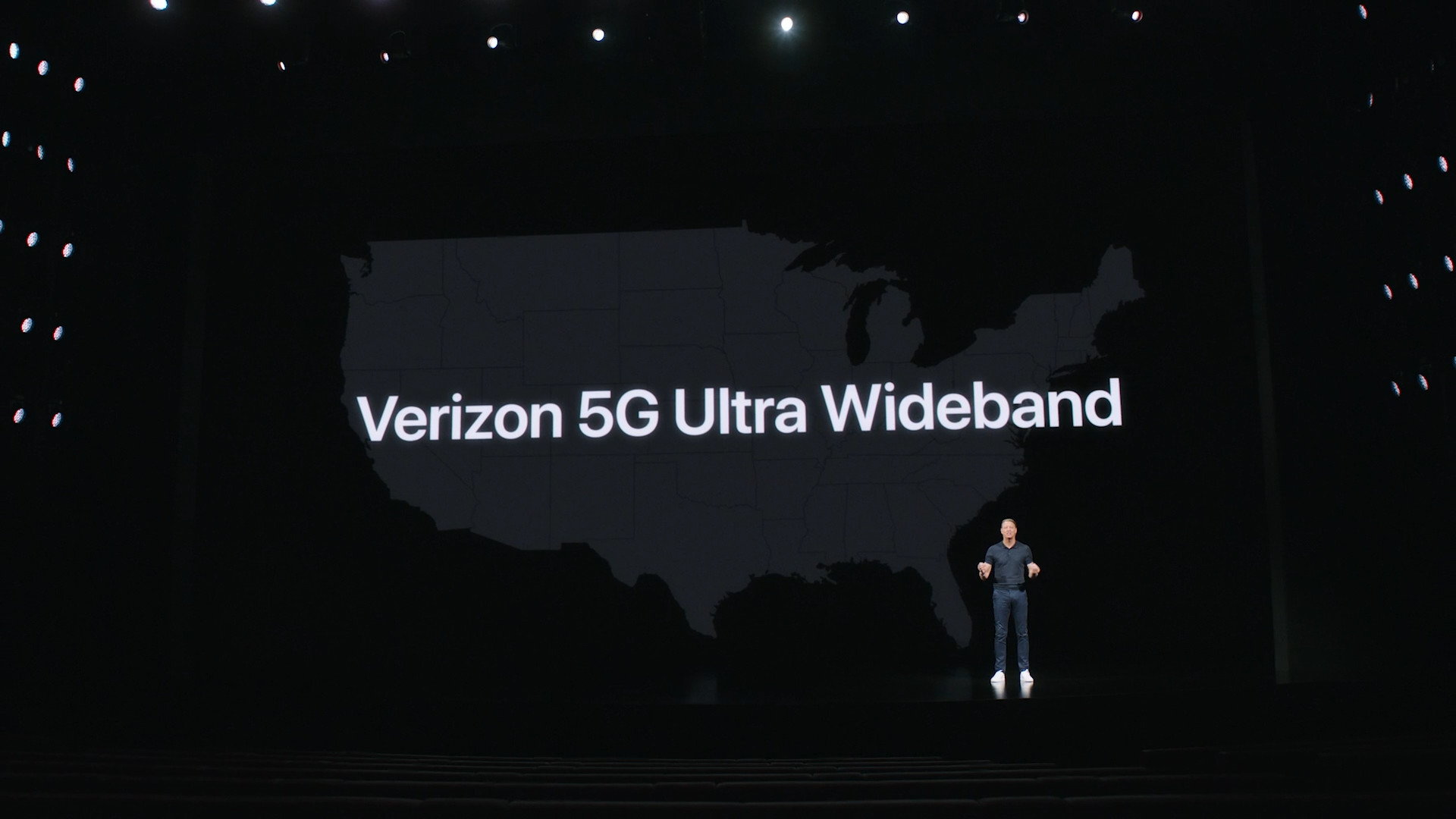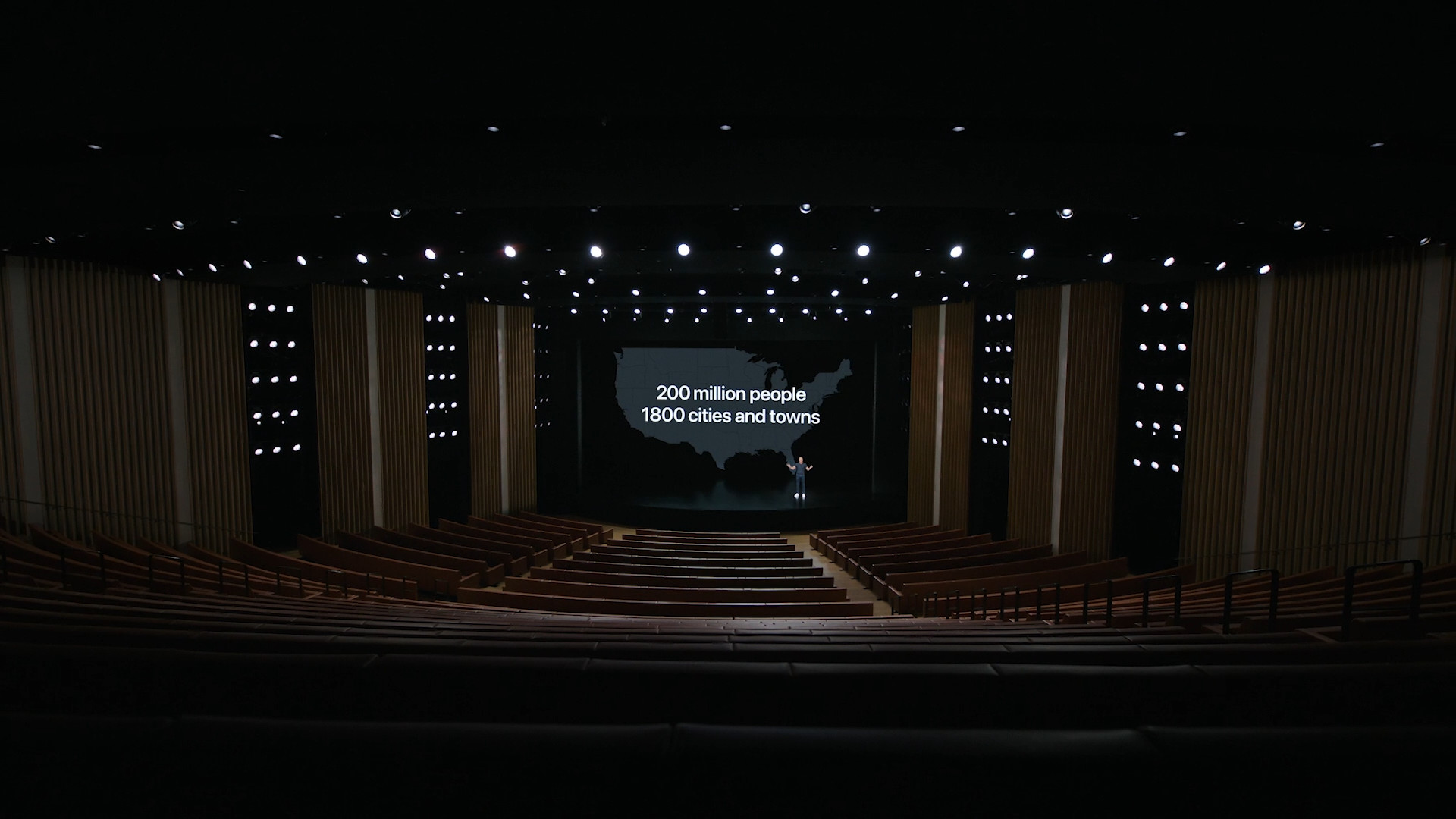In today's roundup, we will once again focus on the hot topic of the current week. The apple world is constantly talking about the latest apple phones, which once again push the imaginary limit of possibilities forward. During the Keynote itself, Apple boasted about the implementation of 5G network support and improved cameras, which should now take care of significantly better images in poorer lighting conditions.
iPhone 12 Pro in the test of a well-known photographer
At the moment, the most talked about are probably the new Apple phones that the Californian giant introduced to us only last week. The new generation boasts an elegant angular design, an extremely powerful Apple A14 Bionic chip, an elaborate Super Retina XDR display, durable Ceramic Shield glass, support for 5G networks and an improved photo system for better photography in low-light conditions. But how is the mentioned camera in reality? A very popular photographer looked at it Austin mann, which specializes in travel photography.

For the testing itself, Mann chose a very interesting location, which was Glacier National Park in the US state of Montana. At the same time, he focused on the main changes in the photo system of the "twelve" in different conditions and environments, which specifically improves the wide-angle lens, the night mode when using the ultra-wide-angle lens, and automatic focus using the LiDAR sensor. The improved 26mm wide-angle lens with an aperture of f/1.6 was able to take care of significantly better images in poorer lighting conditions. When taking pictures, when there was almost no light, with a 30 second exposure, the picture was literally great. You can view it above this paragraph.
Compared to its predecessor in the iPhone 11 Pro, the ultra-wide-angle camera should offer significantly sharper objects located at the edges of the frame. But after various investigations, Mann saw no difference. On the other hand, in the case of the aforementioned lens, there was an extreme improvement when shooting in night mode. While the iPhone 11 Pro was able to produce a practically black image, the iPhone 12 Pro already has a high-quality photo. Apple also received a standing ovation for the LiDAR sensor, which significantly improves portrait photography.
According to tests, 5G drains the battery 20% faster than 4G
The entry of the new generation of Apple phones into the market is slowly approaching. In any case, the new iPhones are already in the hands of foreign reviewers, who showed off their first reviews to the world. The much-discussed novelty of this year's pieces is undoubtedly the support for 5G networks. Even before the actual presentation, however, Apple fans were wondering whether 5G would have a negative impact on battery life.
We got the latest information on this topic from Tom's Guide. They performed a very interesting test in which they continuously browsed the Internet at a display brightness of 150 nits, opening a new page every 30 seconds until the battery ran out. The tests themselves were carried out on iPhone 12 and iPhone 12 Pro, which used 4G and 5G networks. Using 5G, the iPhone 12 discharged in 8 hours and 25 minutes, while the iPhone 12 Pro lasted 9 hours and 6 minutes, 41 minutes longer.
The phones performed relatively better on the aforementioned 4G network, with the iPhone 12 discharging in 10 hours and 23 minutes and the iPhone 12 Pro in 11 hours and 24 minutes. When we put these numbers together, we find that the latest phones with the bitten apple logo drain about 5 percent faster when connected to a 20G network than when connected to 4G. A similar test was also performed on models with the Android operating system. In terms of battery life, iPhones are a step behind their competition, especially in the case of 5G.
iOS 14 reports another error when changing the default browser or email client
The Californian giant showed us the upcoming operating systems at the WWDC 2020 developer conference in June. Of course, iOS, i.e. iPadOS, 14 managed to get the most attention, which already offers a number of great new features. One of them was also the possibility that users themselves can change their default Internet browser or e-mail client. After releasing the system to the public, we encountered a bug in this area. As soon as the device was restarted, the default applications returned to their original settings, i.e. Safari and Mail.
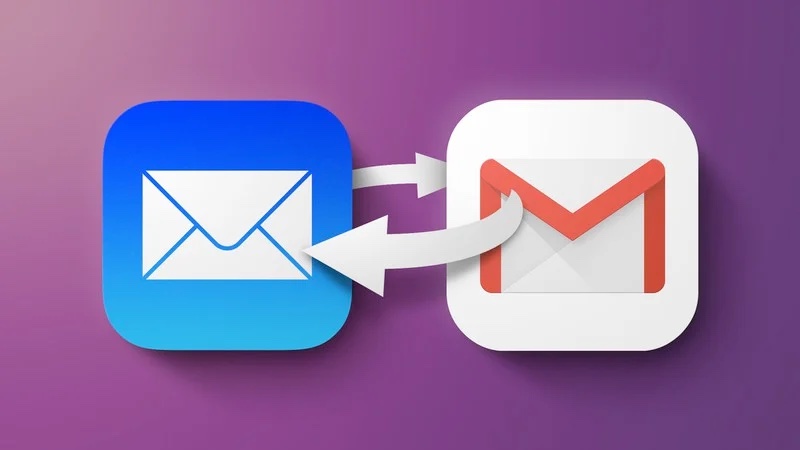
Fortunately, this bug was fixed in the next update. But as it turned out, there is another problem in the system, due to which the applications themselves switch to native programs again. If, for example, you set Chrome as your default browser and Google then releases an update to this application, the aforementioned return to its original state will occur, whereby the default browser will switch back to Safari. According to some reports, the bug could be fixed in the upcoming version of iOS and iPadOS 14.2.
It could be interest you

